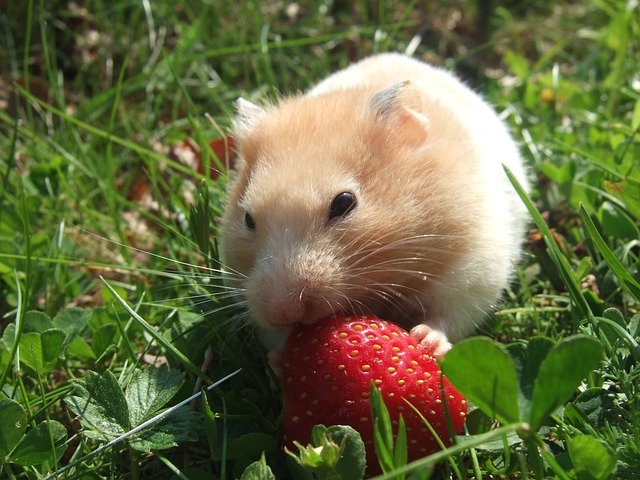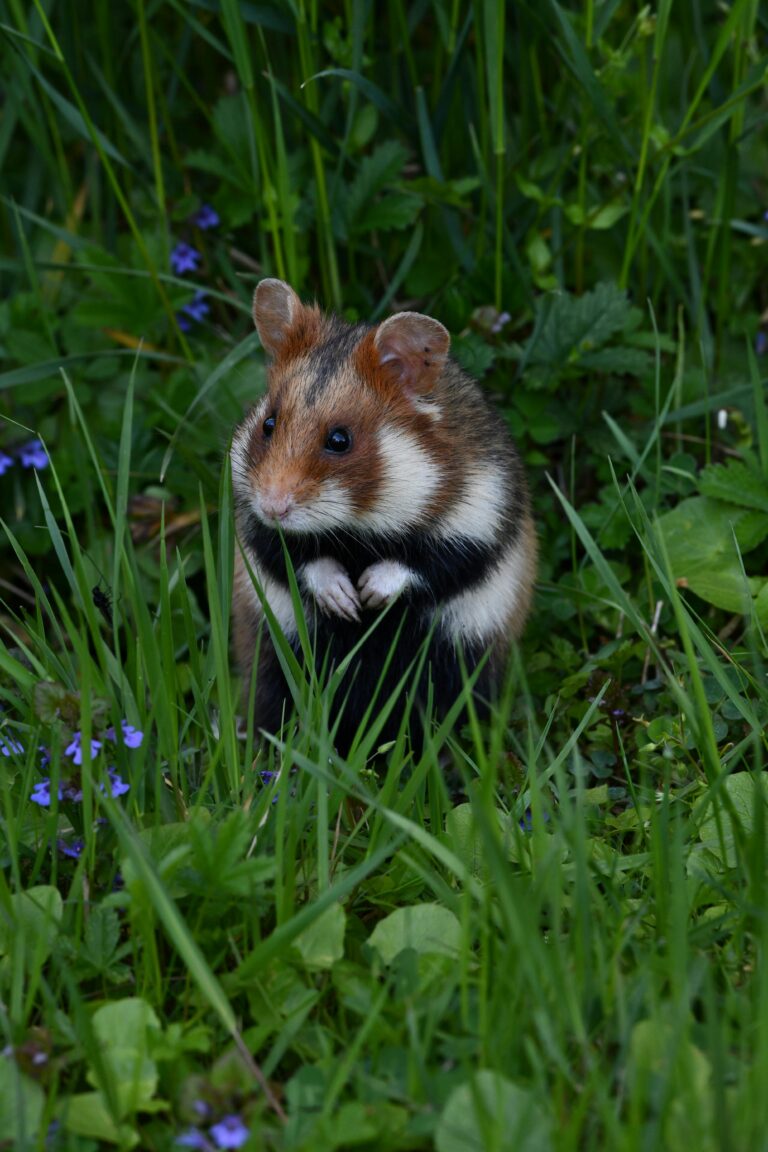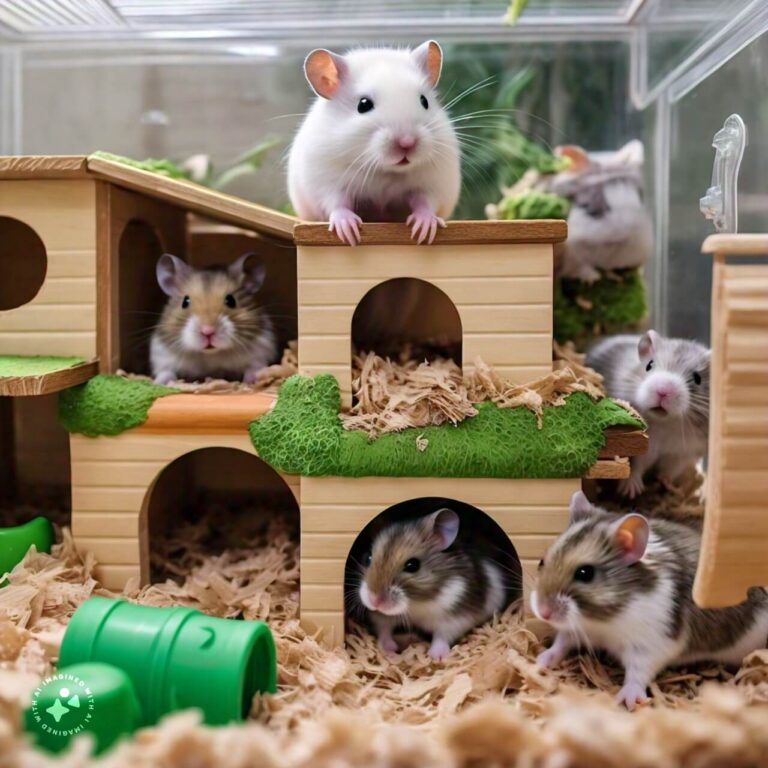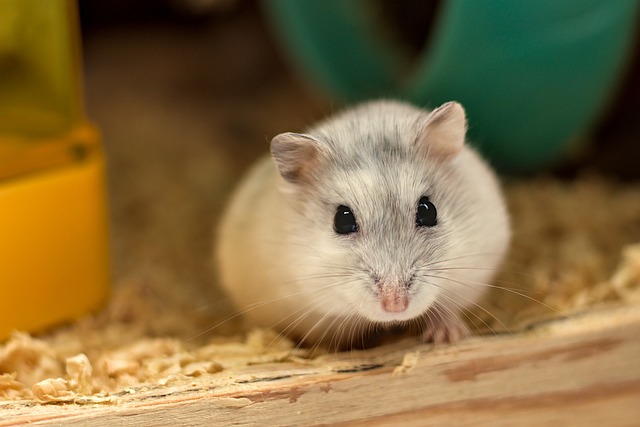Is A Hamsters A Mammal – Hamsters.pk
Defining Mammals: What Makes an Animal a Mammal?
Mammals are a diverse group of animals that have captured the attention of humans for centuries. From the tiny, scurrying mice to the majestic, towering elephants, mammals come in a wide variety of shapes and sizes. But what exactly makes an animal a mammal? In this article, we’ll explore the defining characteristics that set mammals apart from other animal classes.
Warm-Blooded Metabolism
One of the most distinctive features of mammals is their warm-blooded metabolism. Unlike reptiles and amphibians, which are cold-blooded and rely on external sources of heat to regulate their body temperature, mammals are able to maintain a constant internal body temperature regardless of the environment. This is made possible by their high metabolic rate, which generates heat through the burning of calories.
Presence of Hair or Fur
Another defining characteristic of mammals is the presence of hair or fur. While some mammals, such as whales and dolphins, have very little hair, all mammals have at least some hair at some point in their lives. Hair serves a variety of functions, including insulation, protection, and sensory perception. The texture, color, and pattern of a mammal’s hair can also be used for communication and camouflage.
Mammary Glands and Milk Production
Perhaps the most unique feature of mammals is the presence of mammary glands and the production of milk. Female mammals have specialized glands that produce milk to nourish their young. This is a defining characteristic of the class Mammalia, as no other animal group has this ability. The milk produced by mammary glands is rich in nutrients and antibodies, providing essential support for the growth and development of young mammals.
Specialized Teeth and Jaws
Mammals also have specialized teeth and jaws that set them apart from other animal classes. Most mammals have differentiated teeth, with incisors for cutting, canines for tearing, and molars for grinding. This allows them to consume a wide variety of food sources, from plants to other animals. Mammals also have a unique jaw structure, with a lower jaw that is attached directly to the skull, allowing for more powerful and precise biting and chewing.
Four-Chambered Heart
Another defining feature of mammals is their four-chambered heart. This highly efficient circulatory system allows for the complete separation of oxygenated and deoxygenated blood, providing mammals with the ability to maintain high levels of activity and endurance. The four-chambered heart also supports the high metabolic rate of mammals, ensuring that oxygen and nutrients are delivered efficiently to all parts of the body.
In conclusion, mammals are a unique and diverse group of animals that are defined by a combination of physical and physiological characteristics. From their warm-blooded metabolism and hair or fur to their mammary glands and specialized teeth and jaws, mammals have evolved a range of adaptations that allow them to thrive in a wide variety of environments. Understanding these defining features is essential for appreciating the incredible diversity and complexity of the mammalian world.

Hamster Physiology : Examining the Physical Characteristics of Hamsters
Hamsters are small, adorable rodents that have become popular pets around the world. While they may be tiny, hamsters possess a range of fascinating physical characteristics that enable them to thrive in their natural habitats and adapt to life as domesticated animals. In this article, we’ll take a closer look at the physiology of hamsters, examining their unique features and adaptations.
Size and Body Shape
Hamsters are known for their small size, with most species measuring between 2 and 6 inches in length. They have compact, rounded bodies with short legs and small, furry ears. This body shape allows them to navigate through tight spaces and burrows with ease. Hamsters also have a short, stubby tail, which is often hidden by their fur.
Fur and Coloration
One of the most striking features of hamsters is their soft, fluffy fur. Hamsters have a dense, woolly undercoat that helps to insulate them from cold temperatures, as well as a longer, silky topcoat that provides additional protection. The color and pattern of a hamster’s fur can vary depending on the species and breed, ranging from solid colors like golden, brown, and white to more exotic variations like tortoiseshell and calico.
Cheek Pouches
Hamsters are known for their cheek pouches, which are large, expandable pockets located on either side of their mouth. These pouches are used for storing and transporting food, allowing hamsters to gather and hoard food for later consumption. Cheek pouches are a unique adaptation that enables hamsters to survive in the wild, where food sources may be scarce or unpredictable.
Digestive System
Hamsters have a simple, efficient digestive system that is well-suited to their omnivorous diet. They have a single stomach and a short, coiled intestine that allows them to extract nutrients from a variety of food sources, including seeds, grains, fruits, and insects. Hamsters also have a special adaptation called a forestomach, which is a small, pouch-like structure that sits between the esophagus and the stomach. The forestomach helps to break down tough plant material before it enters the main stomach.
Sensory Organs
Despite their small size, hamsters have well-developed sensory organs that allow them to navigate their environment and communicate with other hamsters. They have large, prominent eyes that provide excellent vision, as well as a keen sense of smell that helps them to locate food and avoid predators. Hamsters also have sensitive whiskers on their face that help them to detect objects and changes in their surroundings.
Reproductive System
Hamsters have a unique reproductive system that allows them to breed quickly and efficiently. Female hamsters have a short gestation period of just 16-18 days, after which they give birth to litters of up to 20 pups. Male hamsters have a specialized reproductive tract that includes large testes and a penis that is retracted inside the body when not in use.
In conclusion, hamsters are fascinating creatures with a range of unique physical characteristics that enable them to thrive in a variety of environments. From their compact body shape and soft, fluffy fur to their cheek pouches and specialized digestive and reproductive systems, hamsters are well-adapted to life as small, agile rodents. Whether kept as pets or observed in the wild, these tiny animals are sure to captivate and delight all who encounter them.
Hamster Reproduction and Development: How Hamsters Give Birth and Raise Their Young
Hamsters are not only adorable pets but also fascinating creatures when it comes to their reproductive behavior and the way they raise their offspring. In this article, we will delve into the world of hamster reproduction and development, exploring the various stages of the hamster life cycle and the unique characteristics of hamster parenting.
Mating Behavior
When hamsters reach sexual maturity, which typically occurs between 4 to 6 weeks of age, they are ready to mate. Female hamsters have a 4-day estrous cycle, during which they are receptive to male advances. Male hamsters will often engage in courtship behavior, such as chasing and sniffing the female, before mating occurs. Hamsters are solitary animals and only come together for mating purposes, after which they go their separate ways.
Gestation Period
Once mating has taken place and fertilization has occurred, the female hamster enters the gestation period. This is the time during which the embryos develop inside the mother’s uterus. The gestation period for hamsters is relatively short, lasting between 16 to 22 days, depending on the species. During this time, the pregnant female will prepare a nest for her upcoming litter, using materials such as shredded paper or bedding.
Birth and Litter Size
When the gestation period comes to an end, the female hamster will give birth to her litter. Hamsters are altricial animals, meaning that their young are born blind, hairless, and helpless. The average litter size for hamsters varies depending on the species but typically ranges from 4 to 12 pups. The mother hamster will nurse and care for her pups until they are weaned, which usually occurs around 3 to 4 weeks of age.
Maternal Care
Hamster mothers are known for their strong maternal instincts and the exceptional care they provide to their offspring. Immediately after giving birth, the mother hamster will clean her pups and keep them warm by nestling them close to her body. She will also nurse her pups frequently, providing them with the necessary nutrients for growth and development. As the pups grow older, the mother will gradually introduce them to solid food and encourage them to explore their surroundings.
Development of the Pups
Hamster pups undergo rapid development during their first few weeks of life. At birth, they are pink and hairless, with their eyes and ears closed. By the end of the first week, they begin to develop a soft, fuzzy coat of fur. Around 10 to 14 days after birth, their eyes will open, and they will start to become more mobile and exploratory. By 3 to 4 weeks of age, the pups are fully weaned and capable of surviving on their own, at which point they can be separated from their mother and siblings.
Importance of Proper Care
It is crucial to provide proper care for hamsters during their reproductive and developmental stages. Pregnant and nursing hamsters require a balanced diet, a clean and safe environment, and minimal stress to ensure the health of both the mother and her pups. Once the pups are born, it is essential to avoid disturbing the nest or handling the pups excessively, as this can cause undue stress for the mother and potentially lead to the abandonment or cannibalization of the litter.
In conclusion, hamster reproduction and development is a fascinating process that highlights the remarkable adaptations and parenting skills of these small mammals. From their short gestation periods and altricial young to the strong maternal instincts of the mother hamster, every stage of the hamster life cycle is characterized by unique and captivating behaviors. By understanding and respecting these natural processes, hamster owners and enthusiasts can better appreciate and care for these beloved pets.
Classifying Hamsters : Exploring the Taxonomic Position of Hamsters in the Animal Kingdom
Hamsters are beloved pets around the world, known for their cute appearance and charming personalities. But have you ever wondered where these small mammals fit in the grand scheme of the animal kingdom? In this article, we will explore the taxonomic classification of hamsters and discover their place among other living creatures.
The Basics of Taxonomy
Before we dive into the specific classification of hamsters, let’s briefly discuss what taxonomy is and why it matters. Taxonomy is the science of naming, describing, and classifying organisms into groups based on shared characteristics. It helps us understand the evolutionary relationships between different species and organizes the vast diversity of life on Earth in a systematic way.
Hamsters: Mammals and Rodents
Hamsters belong to the class Mammalia, which includes all mammals. Mammals are characterized by their warm-blooded nature, hair or fur, and the production of milk to nourish their young. Within the class Mammalia, hamsters are further classified into the order Rodentia, which encompasses rodents. Rodents are the largest group of mammals, making up about 40% of all mammalian species. They are identified by their continuously growing incisors, which they use for gnawing and grinding food.
The Family Cricetidae
Hamsters are members of the family Cricetidae, which includes other small rodents such as voles, lemmings, and New World mice and rats. Cricetidae is a diverse family, with members found across a wide range of habitats, from deserts to grasslands to forests. The family is characterized by their relatively small size, short tails, and the presence of cheek pouches in some species, including hamsters.
The Subfamily Cricetinae
Within the family Cricetidae, hamsters are further classified into the subfamily Cricetinae. This subfamily contains the “true” hamsters, which are found primarily in Europe and Asia. Other members of the subfamily include the closely related dwarf hamsters and the more distantly related Chinese hamsters. Cricetinae hamsters are known for their adaptations to arid environments, such as their ability to conserve water and their burrowing behavior.
Genus and Species
The final levels of hamster classification are genus and species. There are several genera of hamsters, including Mesocricetus (golden or Syrian hamsters), Cricetulus (ratlike hamsters), Phodopus (dwarf hamsters), and others. Each genus contains one or more species, which are the most specific taxonomic units. For example, the common pet hamster, the Syrian or golden hamster, is classified as Mesocricetus auratus. This binomial nomenclature, consisting of the genus and species names, uniquely identifies each species and helps to avoid confusion between similar organisms.
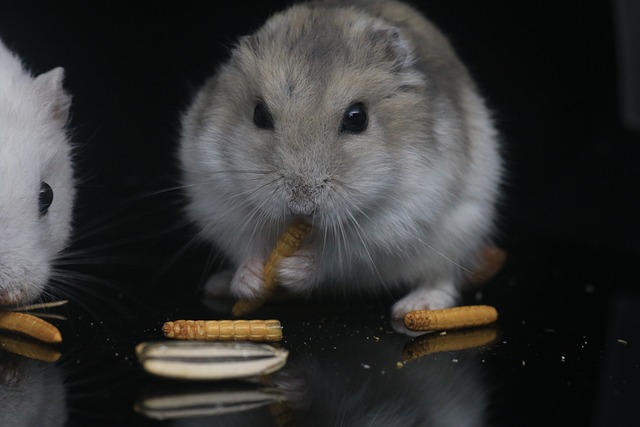
Importance of Understanding Hamster Classification
Understanding the taxonomic classification of hamsters is not just an academic exercise; it has practical implications for their care and conservation. By recognizing the evolutionary relationships between hamsters and other rodents, we can better understand their natural history, behavior, and physiological needs. This knowledge can inform the development of appropriate husbandry practices and veterinary care for pet hamsters. Additionally, understanding the diversity of hamster species and their ecological roles can help guide conservation efforts for threatened or endangered populations in the wild.
In conclusion, hamsters are fascinating creatures that occupy a specific niche within the animal kingdom. As mammals and rodents, they share characteristics with a wide range of other species, while their classification within the family Cricetidae and subfamily Cricetinae reflects their unique adaptations and evolutionary history. By exploring the taxonomic position of hamsters, we gain a deeper appreciation for these beloved pets and their place in the rich tapestry of life on Earth.

